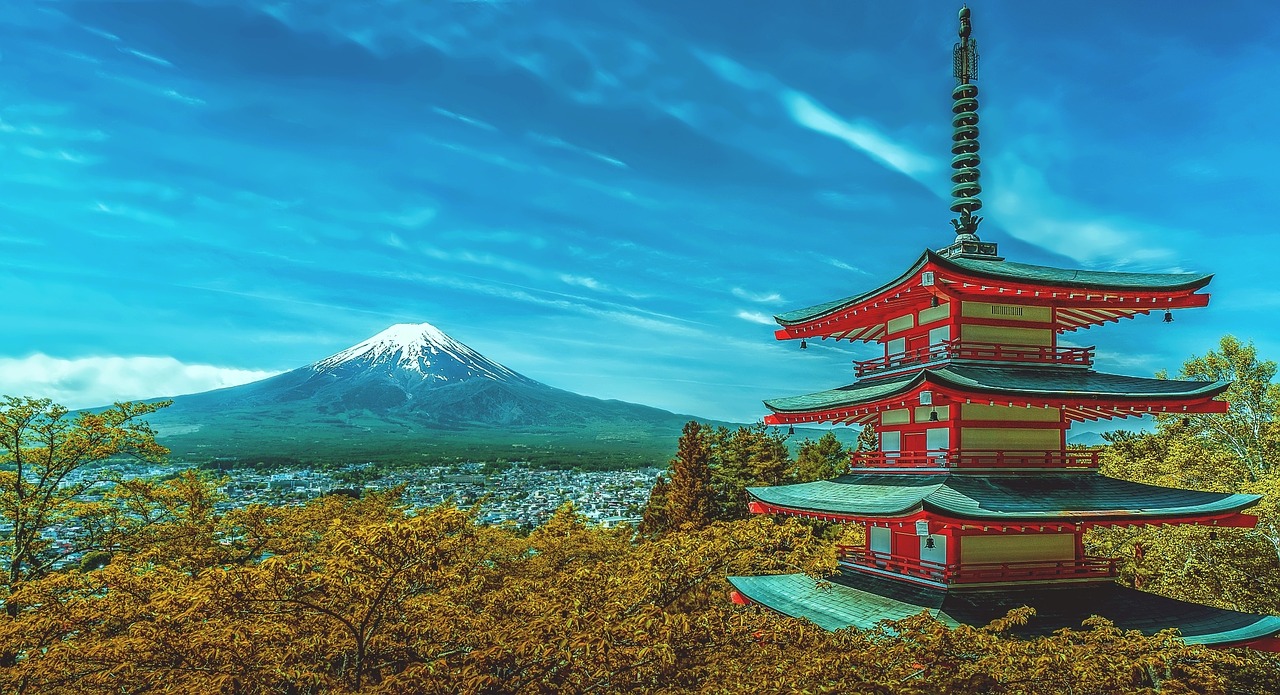
Japan is an island nation in East Asia. It is well-known throughout the world for its rich culture and traditions. This modern, economically and technologically advanced country has a rich and long history that dates back to 300 BC.
Ancient History
Japan has a major role to play through both its ancient and modern history. The history of the country from its earliest period to where it is now is divided into several sections. The ancient history comprises the Jomon period from before 300BC to the Edo Period from 1603-1868.
Japan is a country that remained blocked off from any foreign countries in the millennia after prehistoric land bridges connecting it to mainland Asia disappeared. Before it lost the connection through the land bridges, primarily to the Korean peninsula, Japan saw the development of agricultural practices, trade, and religion. The early centuries of Japan saw the development of Shinto take root. It is a religion indigenous to Japan.
Over the centuries, the rise of the samurai class would shape most of Japan’s ancient history during the second millennium. While the country’s capital was Kyoto with an emperor at its head, the idea does not truly reflect ancient Japan. Powerful warlords called Shoguns dominated regions throughout the country.
The rise of these warlords gradually deteriorated the central control of the Imperial court to the samurai clans. Japan descended into a period of civil war with various clans vying for power. Throughout the 16th century AD, Japan reunified under the leadership of the Tokugawa shogunate.
The 16th century also saw Japan open up to trade with foreign countries. Portugal became the first European country to reach Japan through the southern archipelago. The Netherlands was the first to establish trade with the country at the start of the 17th century. The American Perry expedition in the mid-17th century ended Japan’s seclusion from the rest of the world and ushered in a new era in the country’s history.
Modern History
Opening up the country and properly establishing several trade relationships with other countries contributed to the fall of the shogunate and the return of the power for the Emperor. The new national leadership of the country after the Meiji period led to the transition of the country from being a feudal island country into a single empire.
Over time, the country began to adopt more western ideals, and it led to the country adopting democracy during the Taisho period from 1912 to 1926. During the 1920s and 1930s, Japan’s military reigned supreme in the country and overruled the civilian leadership of the country.
Japan participated in several wars due to the decisions taken by its military, including a prolonged war with China in the 1930s. It was Japan’s participation in the Second World War with its attack on Pearl Harbor that led to the overextension of its military. The country held out despite several attacks from the Allied countries. It eventually announced an unconditional surrender after the atomic bombs were dropped on Hiroshima and Nagasaki. The occupation from Allied forces in the country ended in 1952.